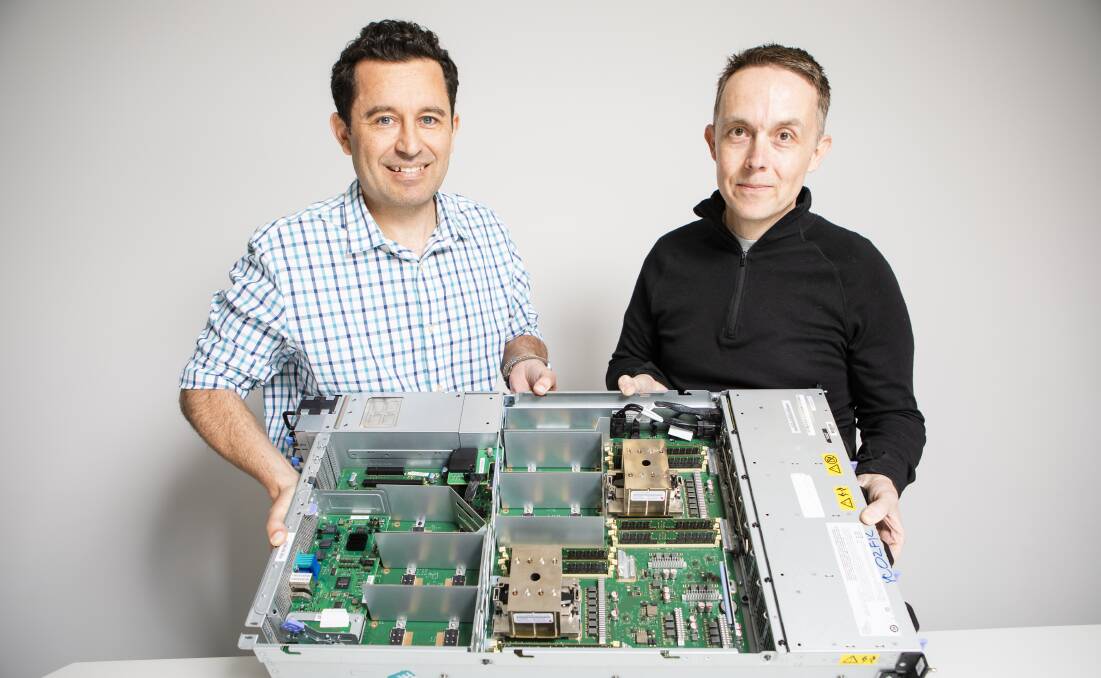Canberra may be as far away from technological centres in the US as you can get.
Subscribe now for unlimited access.
$0/
(min cost $0)
or signup to continue reading
But a small team in the nation's capital has helped to develop not just one, but two supercomputers that have been recently named the fastest in the world.

A team of 25 as part of IBM's Canberra headquarters has played an instrumental role in developing the company's Summit and Sierra supercomputer, helping to create open-source software.
IBM distinguished engineer Anton Blanchard said while regular computers and mobiles were getting smaller and smaller, supercomputers were only getting bigger and faster, able to carry out thousands of complex functions at once.
"The thinking is to let's build the biggest thing and solve the biggest problems," Mr Blanchard said.
"We try to build a machine with broad applications."
While a standard computer or mobile phone has just one central processing unit, supercomputers have thousands of them operating at the same time.

The Summit supercomputer is powered by more than 9000 central processors and has more than 300 kilometres of optic fibre cables.
The computer is so big it takes a space as large as two tennis courts, needing 15,000 litres of water a minute to cool it.
While the supercomputer itself has many functions and is able to be used remotely from all over the world, Mr Blanchard said more uses for Summit were being discovered.
"We're always looking ahead at what it can do," he said.
Work on the supercomputer has been under way at the Canberra headquarters since 2017.
However, few members of the team have actually seen the supercomputer itself, which is housed at the Oak Ridge National Laboratory in Tennessee.
"Very few people have stepped foot near the supercomputers, and most haven't seen them or touched them," Mr Blanchard said.
"They sit in a big room that no one goes into."
Mr Blanchard said the list of the top 500 fastest supercomputers in the world, which is released twice a year, was the top benchmark the industry worked towards.
He said the fact an Australian team played a significant role in helping to develop the supercomputer ranked the world's fastest was a significant achievement.
"It's very exciting, everyone who builds a supercomputer wants to see it perform well," Mr Blanchard said.
"There's lots of competition in the industry which is the pushing the state of the art ahead, and there'll be more and more need for supercomputers."


